Rhinoplasty

According to the American Academy of Otolaryngology (AAO), Rhinoplasty is characterized as a transformative surgical intervention that modifies the contour or aesthetics of the nose, while functional rhinoplasty specifically focuses on optimizing nasal airflow to enhance respiratory function.
What is Rhinoplasty Surgery?
Rhinoplasty, a form of plastic surgery, is dedicated to altering both the form and dimensions of your nose. Its purpose varies: cosmetic rhinoplasty aims to enhance facial harmony, while functional rhinoplasty addresses breathing and nasal functionality. Practitioners skilled in plastic surgery or facial plastic surgery typically conduct this procedure. Informally, rhinoplasty is often referred to as a nose job.
Procedure of Rhinoplasty in Bangalore
Step 1 - Preparing for Comfort
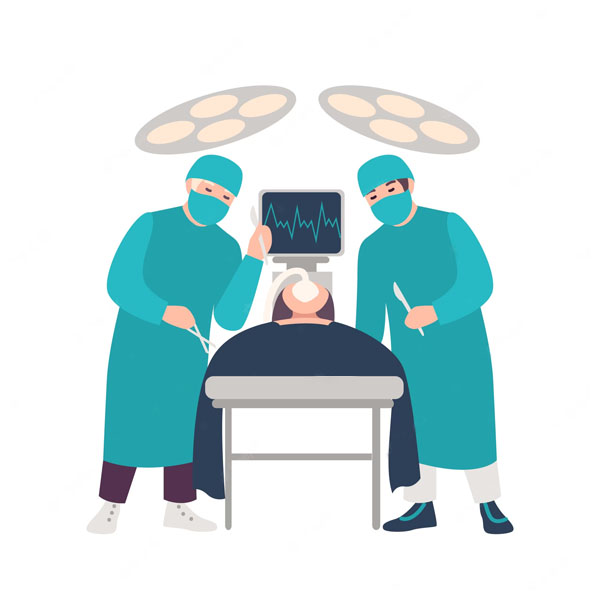
To ensure a comfortable surgical experience during your Nose job procedure, you will receive anesthesia or intravenous sedation based on your doctor's recommendation.
Step 2 - The Opening Act
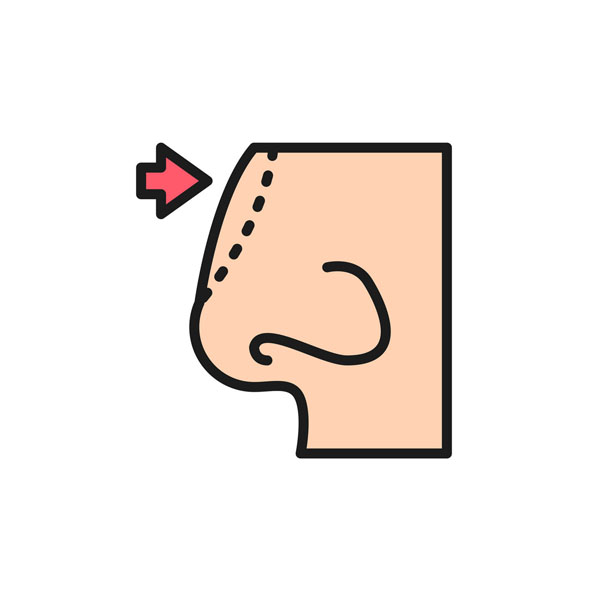
Rhinoplasty or Nose job can be performed using either a closed or open approach. In the closed procedure, incisions remain hidden within the nose, while the open procedure involves an incision across the columella, the small strip of tissue separating the nostrils.
These carefully placed incisions allow the surgeon to gently lift the nasal skin, providing access to reshape the underlying structure of the nose.
Step 3 - Crafting the New Shape
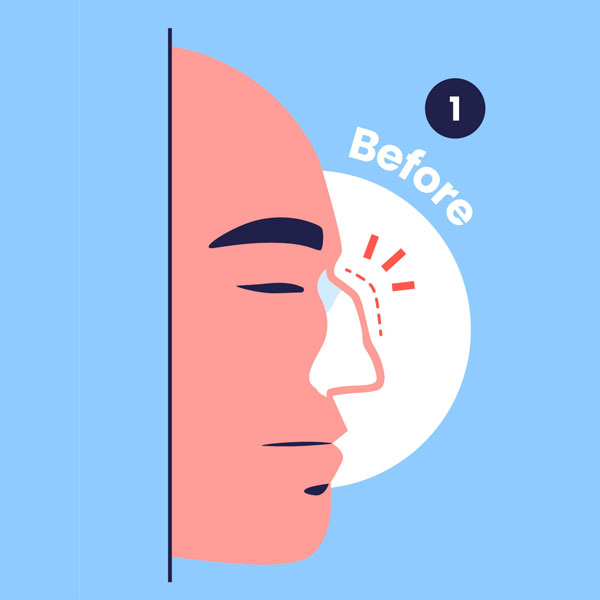
To address an excessively large nose, the surgeon may remove bone or cartilage. In some cases, additional cartilage grafts are necessary.
The most used cartilage comes from the septum, the central partition within the nose. On rare occasions, cartilage from the ear or a section of rib cartilage may be used.
Step 4 - Straightening the Path
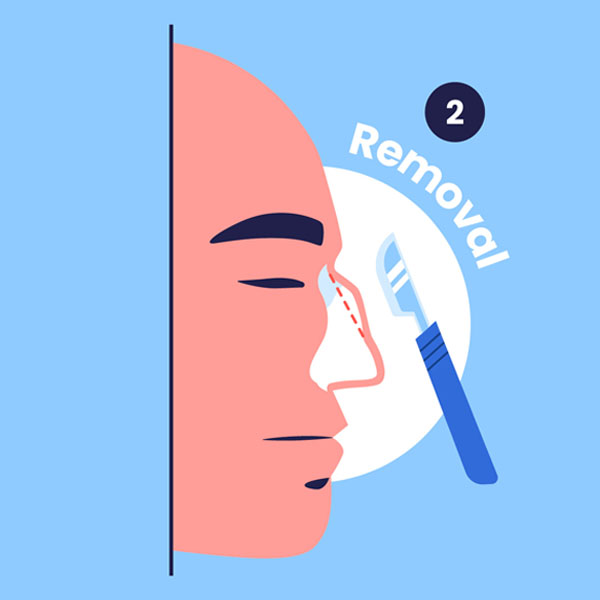
If the septum is deviated, it can be straightened, and any obstructions within the nasal passages can be reduced to improve breathing.
Step 5 - Closing the Story
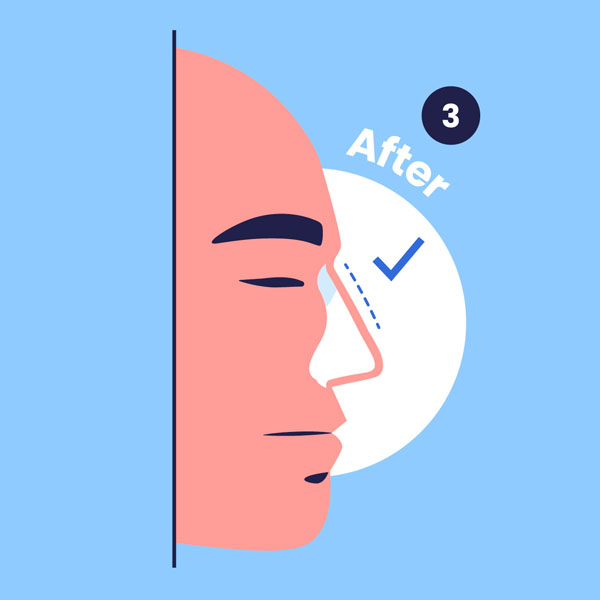
Once the desired shape of the nose's underlying structure is achieved, the nasal skin and tissue are gently repositioned, and the incisions are meticulously closed. In some cases, additional incisions are made in the natural creases of the nostrils to modify their size.
Step 6 - Revealing the Transformation
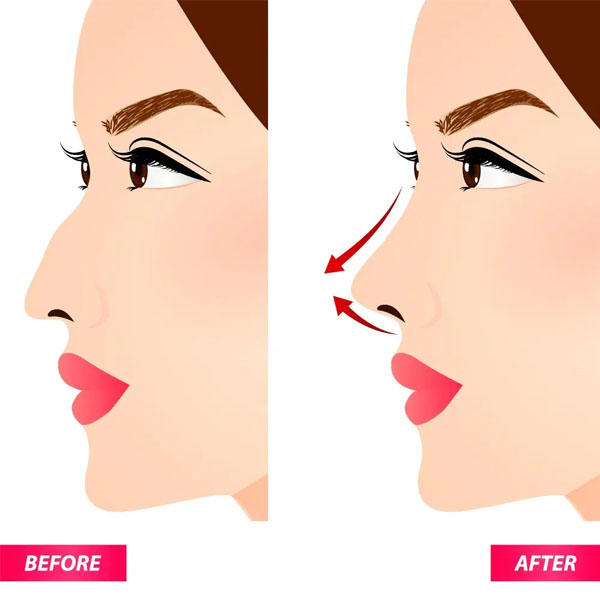
Following the surgery, your nose may be supported by splints and gauze packing for a few days as it begins to heal. Witness the remarkable results of your rhinoplasty journey.
Please note that it is important to consult with a qualified healthcare professional for specific information and guidance regarding any surgical procedure.
Who can do nose job in Bangalore?
- Candidates should have finished their face expansion, usually by the time they are 15 or 16 for girls and a little older for boys. To guarantee a favorable surgical outcome, good general physical health is essential.
- Smoking can seriously slow down healing and raise the chance of problems. Candidates for rhinoplasty should not smoke or be willing to give up smoking for a long amount of time before to and following the treatment.
- Knowing the rhinoplasty's restrictions and potential outcomes clearly is essential to being a good candidate. A candidate should be informed that the operation attempts to increase the harmony and balance of their facial characteristics rather than achieving perfection and should have realistic expectations for the procedure's results.
- It is crucial that a candidate's desire for rhinoplasty is driven by internal motivations rather than pressure from others. Choosing to get surgery should not be motivated by trying to live up to the ideals or expectations of others, but rather by a genuine desire for self-improvement and enhanced confidence.
- It is crucial that a candidate's desire for rhinoplasty is driven by internal motivations rather than pressure from others. Choosing to get surgery should not be motivated by trying to live up to the ideals or expectations of others, but rather by a genuine desire for self-improvement and enhanced confidence.
How is rhinoplasty different from septoplasty?
Rhinoplasty and septoplasty are distinct procedures addressing different aspects of the nose. Rhinoplasty focuses on the nose's appearance, while septoplasty targets internal cartilage and bone for functional improvement. While rhinoplasty is cosmetic, septoplasty is often medically necessary. Both procedures can be done separately or combined in one session, offering benefits such as reduced recovery time and potential cost savings. Consulting with a qualified surgeon is crucial to determine the best approach for individual needs and goals.
What are the different techniques of Nose Job in Bangalore?
Two primary categories encompass rhinoplasty procedures:
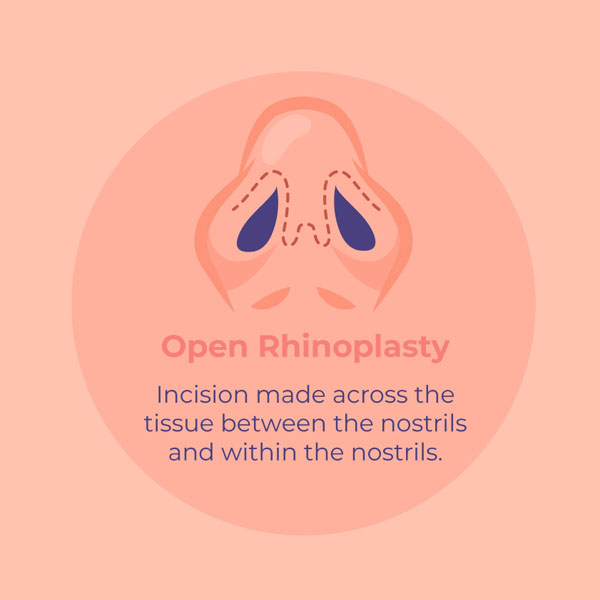
- Open Rhinoplasty: This method involves significant nose reshaping. The surgeon creates incisions to fully detach the skin from the bone and cartilage, providing a clear view of the underlying nasal structure.
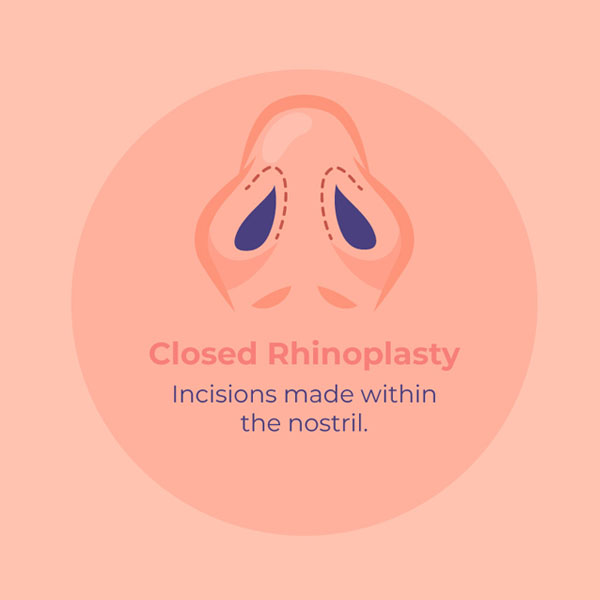
- Closed Rhinoplasty: Geared toward minor nose reshaping, this procedure entails incisions made within the nasal passages. This approach allows the surgeon to reshape the bone and cartilage without externally separating the skin.
Beyond these, various other rhinoplasty types are available:
- Cosmetic Rhinoplasty: Concentrating on enhancing facial aesthetics by refining the nose's appearance.
- Nonsurgical Rhinoplasty (Filler Rhinoplasty): A cosmetic variant utilizing dermal fillers to temporarily address nasal irregularities or droopy tips.
- Functional Rhinoplasty: Primarily aims to restore nasal function post-disease, cancer treatment, or trauma. It's also suitable for rectifying congenital anomalies and deviated septums.
- Secondary Rhinoplasty: Undertaken to correct issues arising after the initial rhinoplasty. These complexities may necessitate more intricate adjustments for the surgeon to address effectively.
Frequently Asked Questions:
The recovery process after rhinoplasty involves a period of swelling, bruising, and potential discomfort. Patients may need to wear a nasal splint or packing for a few days to support the nose as it heals. Most people can resume normal activities within a week or two, but it may take several months for the swelling to fully subside and the results to become apparent.
Rhinoplasty can actually improve nasal breathing in cases where the procedure includes septoplasty or correction of a deviated septum. However, it is important to discuss any concerns about nasal breathing with your surgeon during the consultation to ensure that the procedure is tailored to address both aesthetic and functional goals.
The results of rhinoplasty are generally long-lasting, as the structural changes made to the nose are permanent. However, it's important to keep in mind that the natural aging process and factors such as gravity may continue to affect the appearance of the nose over time. Maintaining a healthy lifestyle and following post-operative care instructions can help prolong the results.
Revision rhinoplasty is a specialized procedure designed to address concerns or complications from a previous nose surgery. The success of revision rhinoplasty depends on various factors, such as the extent of the previous surgery, the condition of the underlying nasal structures, and the expertise of the surgeon. Consultation with an experienced and skilled revision rhinoplasty specialist is crucial for evaluating the options and potential outcomes.
The rhinoplasty cost in India is a crucial factor for people, and we at Livglam Clinic are aware of this. We take pleasure in providing cost-effective choices without sacrificing the standard of care. The precise cost of rhinoplasty varies depending on the unique needs of each patient, from a straightforward tip surgery to a sophisticated secondary rhinoplasty. It's important to note that non-surgical rhinoplasty is typically less expensive than surgical procedures.
Procedure Time:
- 2-5 hours
Full Recovery:
- 6 weeks
Anaesthetic:
• General
Back to work:
• After 2 weeks
Duration of results:
• Permanent
Results:
• Noticeable within 2 weeks
Temporary risks & complications:
• May include soreness, bleeding, persistent pain, and infection
• *Individual results and reactions may vary.
